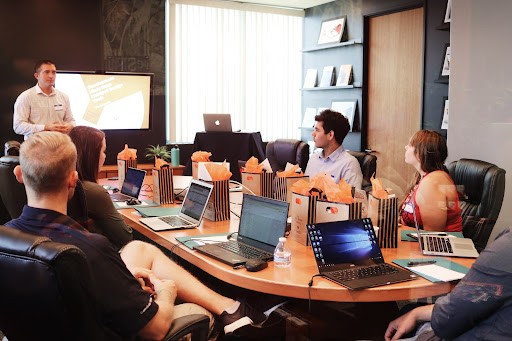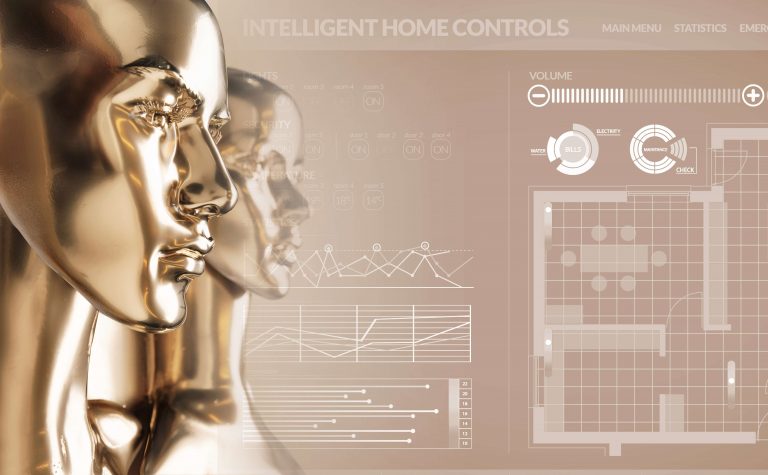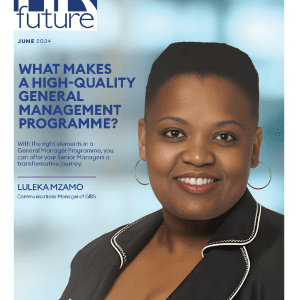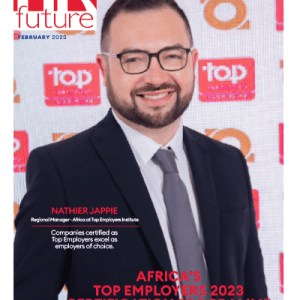You’ve probably heard the comment that the present isn’t as long as it used to be. That very cleverly reflects the fact that the pace of change has increased dramatically over the past few years.With all the rapid technological advancements and evolving workforce dynamics, HR Professionals are now required to rise above their traditional roles and start applying strategic foresight to navigate the future successfully.
Strategic foresight equips HR leaders with the tools to anticipate changes, align talent strategies with business needs, and create an agile and resilient workforce.
Here, then, are a few thoughts on strategic foresight, its significance for HR, and some actionable steps you can take to take your company’s people into a more stable future.
What is strategic foresight?
Strategic foresight is a systematic process that involves exploring, predicting and preparing for future scenarios. It extends beyond mere forecasting by integrating qualitative insights and quantitative data to envision multiple futures. This approach enables organisations to identify potential challenges and opportunities in good time, ensuring they are better prepared to navigate such uncertainty as and when it occurs.
How important is strategic foresight?
It enables, proactive talent management: By anticipating future skill requirements and workforce trends, you can develop proactive talent management strategies. This includes identifying critical skills gaps, designing targeted training programmes and recruiting quality talent that aligns with future business needs.
It enhances agility and adaptability: In a fast-paced business environment, adaptability is crucial. Strategic foresight fosters a culture of continuous learning and flexibility, empowering employees to adapt to new roles and challenges as they arise. This agility is essential for maintaining competitiveness and responding effectively to market shifts.
It informs decision-making: Strategic foresight provides you with valuable insights that inform strategic decision-making. When you are able to get your head around potential future scenarios, you can develop robust policies, optimise resource allocation and align your ream’s goals with the organisation’s long-term objectives.
It enhances employee engagement and retention: Who doesn’t want and need this? Engaging employees in your strategic foresight process not only unveils diverse perspectives but also creates a sense of inclusion and ownership. When employees feel valued and involved in shaping the future, their engagement and loyalty to the organisation increase.
How can one implement strategic foresight in HR?
Undertake scenario planning: If you’re in a senior HR position, you need to develop various future scenarios based on trends, uncertainties and potential disruptions. Such scenario planning enables you to explore different possibilities and prepare strategies for each potential future. This proactive approach ensures readiness for a range of outcomes.
Collect data-driven insights: It’s time for HR Professionals to start leveraging data analytics to gain insights into workforce trends, employee performance and market demands. Data-driven strategic foresight allows you to make informed decisions, identify emerging skills and tailor talent development initiatives accordingly.
Encourage collaboration and inclusivity: When you involve employees, leaders and external stakeholders in the foresight process, collaborative efforts unveil diverse viewpoints, enhancing the richness of the process and nurturing a culture of innovation and inclusivity.
Promote continuous earning and development: Promoting a culture of continuous learning by encouraging employees to acquire new skills and adapt to changing circumstances is extremely valuable. Investing in ongoing training and development initiatives ensures that the workforce remains relevant and resilient in the face of future challenges.
Monitor and adapt: Establish mechanisms to continuously monitor changes in the business environment and adapt strategies accordingly. Regularly revisiting and updating your findings ensures that you remain agile and responsive to evolving circumstances.
Conclusion
Strategic foresight is a powerful tool that empowers you, as an HR Professional, to navigate the complexities of the future with confidence and resilience. By proactively anticipating changes, aligning talent strategies with emerging needs, and nurturing a culture of adaptability, you can play a pivotal role in driving organisational success. Embracing strategic foresight not only prepares you for the uncertainties ahead but also positions your organisation to thrive in an ever-evolving landscape. It will therefore help you to become recognised as a key resource in your company!
Alan Hosking is the Publisher of HR Future magazine, www.hrfuture.net and @HRFuturemag. He is an internationally recognised authority on leadership competencies for the future and teaches experienced and younger business leaders how to lead with empathy, compassion, integrity, purpose and agility. He has been an Age Management Coach for two decades and is the author of parenting best seller What Nobody Tells a New Father.


























